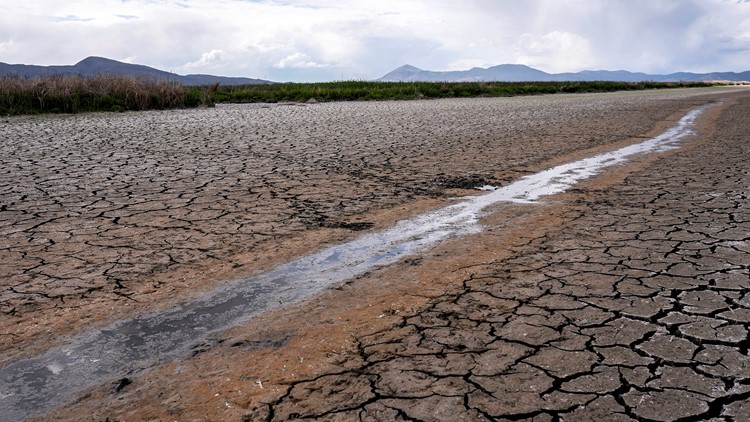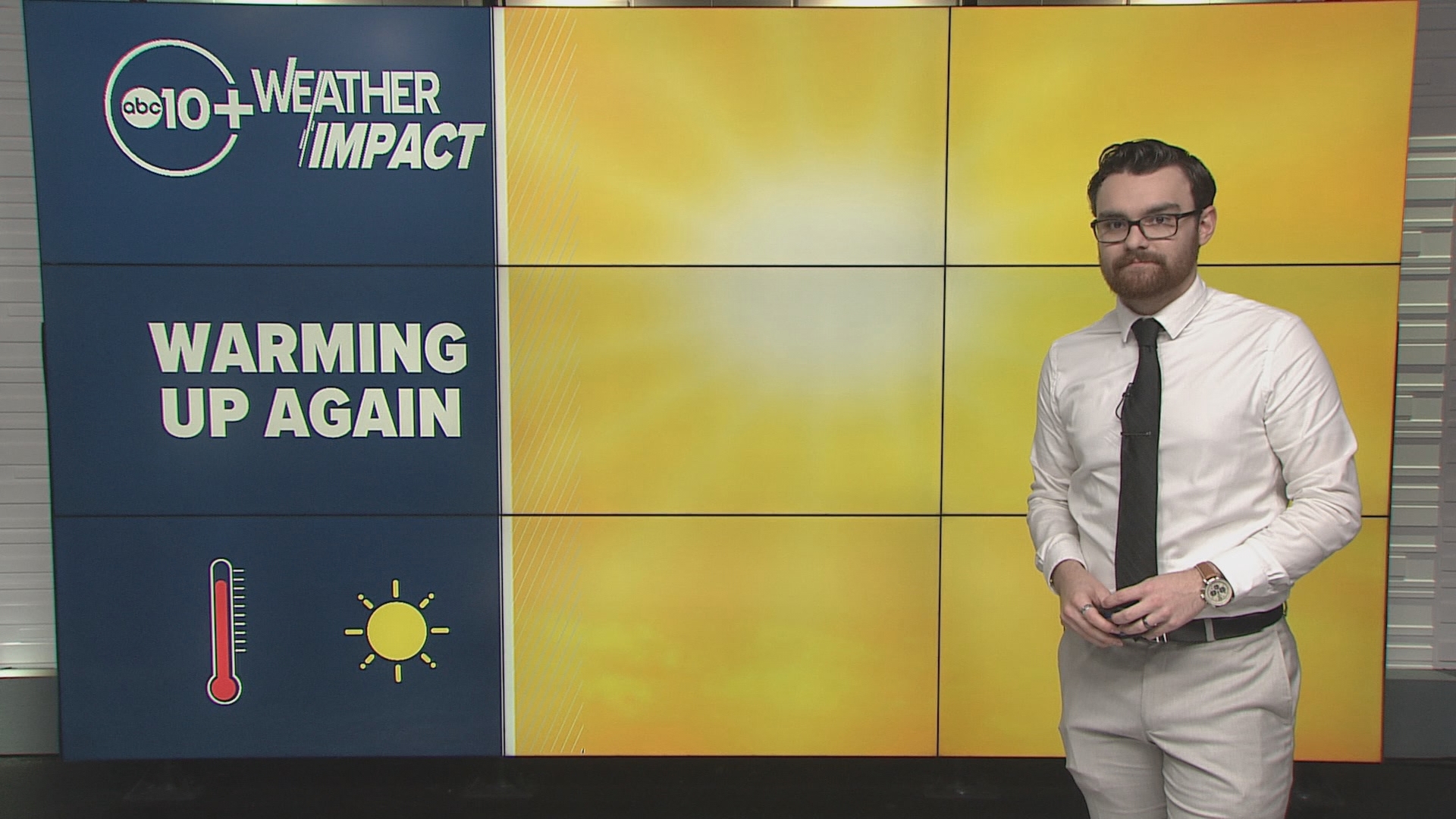SACRAMENTO, Calif. —
Drought in California means much more than rain and snow falling from the sky, or even reservoir levels. When reservoirs and surface water levels are low, the Central Valley turns to pumping water out of the ground to support its cities and agricultural industry.
ABC10 spoke with Claudia Faunt, supervisory hydrologist for the United States Geological Survey, about the drought and it's effects on groundwater availability, subsidence and water infrastructure.
This interview has been edited for brevity.
RELATED: Sacramento Weather Forecast
Q: What are the basics of groundwater and California's aquifer system?
Faunt: California, you know, uses a lot of water, because a lot of people work in the agriculture industry. We have three main reservoirs, the snowpack, the reservoir and stream system, and then when water seeps into the ground, and under the ground, it's known as groundwater. It's kind of an invisible resource, and kind of like bathtubs with the water in between the sand and clay grains, filling in the void spaces. We get water out of the ground by drilling wells into the ground and pumping it out like a like a straw; you use electricity to kind of suck it out of the ground.
Q: How has the drought affected groundwater availability?
CF: California uses water conjunctively. In general, when there's enough surface water, particularly in the Central Valley, farmers or cities will try to use surface water because it's a much cheaper resource. In times of the year when the surface water isn't available, or during droughts, people turn to groundwater, particularly in the Central Valley for irrigated agriculture. There's some areas that don't have access to surface water so they pump groundwater, both agricultural and cities. In a lot of the areas, the groundwater has been overused to the extent that the basins are being depleted, so that when you have a drought, it exacerbates the system, where the water levels drop even lower. Sometimes wells go dry, which has been starting to happen more, along with land subsidence and water quality issues. One of the things that subsidence has caused is the canals have to keep water moving up a slope, so they cannot deliver as much water as they were designed to originally.
Q: Is there a solution to the groundwater problem? It takes so many years to refill the aquifer, are we too far gone in terms of recharging it fully?
Faunta: You know, SGMA, the 2014 Sustainable Groundwater Management Act, is getting at it. The act says local entities need to figure out how to make their groundwater supply sustainable. Here we’ve got this bank account, and you've got cities pumping, farmers pumping, all pulling water out of that bank account. There's two ways to get at that bank account, put more water in or stop taking as much water out. I think we can get there. But I think it's going to take both sides of that equation. Whether it’s irrigating more efficiently or transitioning to different crops, or even overwatering the areas facing subsidence during wet years to recharge the systems, I think it is doable.
WATCH ALSO:





















